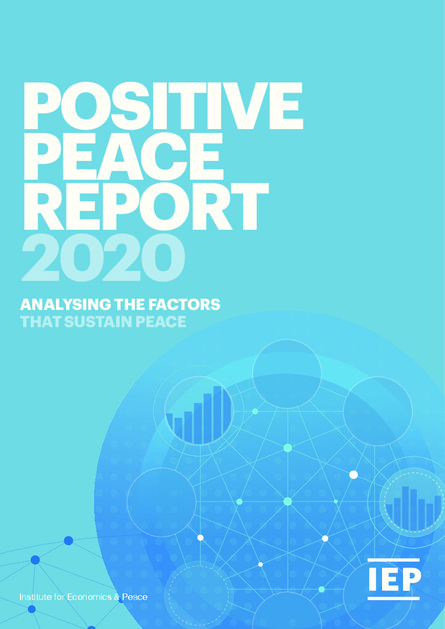
This report details the latest findings from IEP’s research into Positive Peace, including country rankings and their changes over time. The report also analyses the relationship between development and Positive Peace, finding that Positive Peace acts as a catalyst for better development outcomes.
Positive Peace is defined as the attitudes, institutions and structures that create and sustain peaceful societies. The same factors that create lasting peace also lead to many other positive outcomes that societies aspire to, including:
- thriving economies
- better performance on ecological measures
- high levels of resilience and adaptability to change.
Other factors that improve with Positive Peace are measures of inclusiveness, well-being and happiness. Therefore, Positive Peace can be described as creating an optimal environment for human potential to flourish.